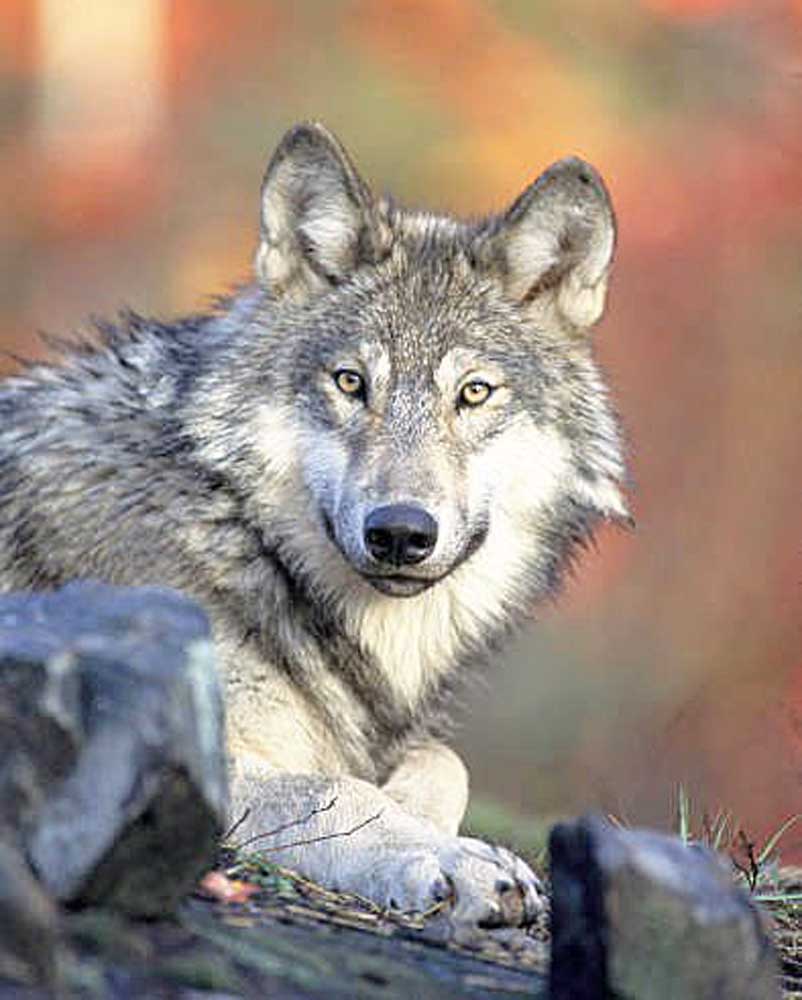Tracking the packs: Wolf numbers are fairly flat, but depredations are on the rise in Grant County, state
Published 6:15 am Wednesday, May 3, 2023

- While Oregon’s wolf numbers grew only marginally last year, depredations spiked by 55%, state wildlife managers report.
Statewide, the number of wolf depredation events — that is, when wolves kill or maim domestic animals — grew by 55 percent last year despite only marginal growth in the wolf population, according to the latest report from state wildlife managers.
There were two investigations involving confirmed depredations in Grant County last year, according to investigative reports from the Oregon Department of Fish and Wildlife. Both were in the northeastern part of the county.
In the first confirmed report of depredation, which was recorded on May 20, two calves died after suffering wounds consistent with a wolf attack.
The second confirmed depredation case dates from May 30, when a livestock owner found an injured six-month-old calf with a 6-inch-by-3-inch open wound on its hindquarters that showed signs of healing and bite marks on both hind legs. This calf was in the same pasture where the two wolf kills were confirmed in May 2022.
The report includes a list of known Oregon wolf packs. In 2022, state wildlife managers documented eight wolves in the Desolation Pack in northeast Grant County, as well as two in the Logan Valley group east of Seneca and two in the Murderers Creek group in the southwestern part of the county. State wildlife officials attributed the confirmed 2022 depredations in Grant County to the Desolation Pack.
In 2022, ODFW completed 121 investigations of dead or injured livestock suspected by livestock producers to be wolf depredations, up from 90 investigations the year prior, according to the report.
“I think one of the things in the depredations side of the report is we had an increase in depredations throughout the state, and depredation investigations — as well as confirmed depredations in the last couple of years — are going up,” said Ryan Torland, a district biologist with ODFW.
The number of documented wolves in Oregon in the past year grew by just three, to 178, while the number of documented wolves in Grant County dropped by four from 16 to 12, according to the latest report from the Oregon Department of Fish and Wildlife. However, not all wolves are located during the counts, so the actual number of wolves in Oregon is higher, according to the report.
“I think what it shows is wolves are expanding their range and moving into new areas, and that accounts for some of the population’s growth in the state and expanding into new territories,” Torland said. “You also see packs that may shrink, and every pack doesn’t continue to grow all the time and they don’t have as many pups. There’s lots of fluctuations with individual packs. My takeaway is you’re seeing a general expansion as wolves move into different (areas) throughout Oregon.”
While the official Grant County count of 12 wolves in 2022 was lower than in the previous year, it doesn’t necessarily mean the population is dropping, Torland said.
“That is the minimum count,” Torland said. “We think there is no less than that. That is what we could lay our eyes on. I think there is more than likely more than that. That is what we can hang our hat on because either we saw them or the trail cameras were on them.”
The Northside Pack, which was observed by state wildlife officials in the Fox Valley area of Grant County in 2021, was absent from the area the following year, Torland said. Officials attributed one confirmed depredation and one probable depredation to the Northside Pack in 2021.
“In 2022, they did not appear in the county,” Torland said. “It is possible they’re still there. It’s just that we haven’t been able to verify if they’re still there.”
The Oregon Department of Agriculture’s compensation program awards compensation money to livestock producers after a depredation event that is determined to be either probable or confirmed. Last year, the program awarded $393,682 to 12 counties, up from $130,814 in 2021, according to the report.
Three-quarters of the funds were used for non-lethal preventive measures to reduce depredation and one-quarter for direct payment to livestock producers for confirmed depredations and missing livestock, according to the report.
Grant County received $40,000 from the compensation funding for prevention measures in 2022, while no livestock producers here received compensation last year. Livestock producers have to apply for compensation, and none chose to do so last year, Torland said.
Grant County Commissioner Jim Hamsher, who is involved in wolf depredation matters for the region, said expansion of the use of non-lethal preventive measures will be explored. Those include the use of range riders, guard dogs and strobe lights, among others.
“Unfortunately, with the growing wolf numbers, we’re going to continue to see (depredations),” he said. “Hopefully, if we can take some countermeasures to stop some of the attacks, it will be a benefit for us all.”



